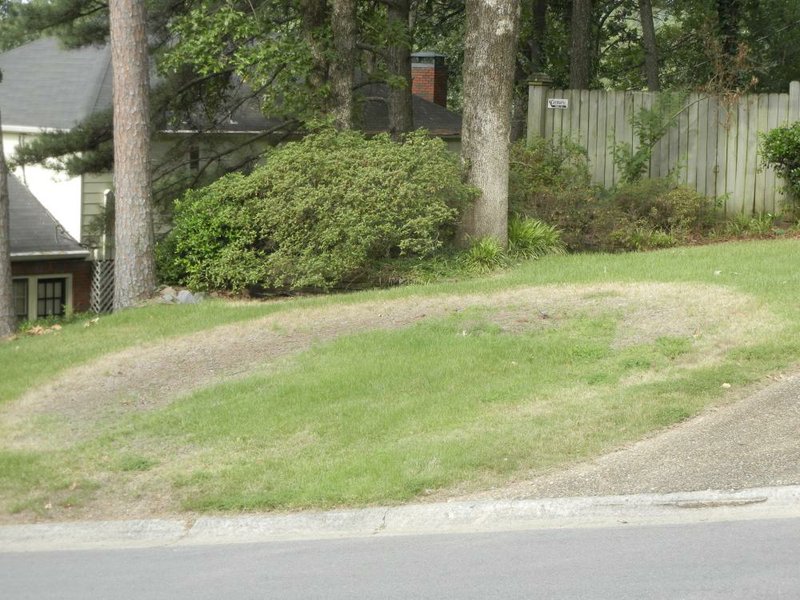LITTLE ROCK — THIS MONTH
Work smart - get outside early in the day.
But if you have to spray for pests or diseases, spray later in the day when bees aren’t active. Also, avoid spraying plants when they are stressed.
Fertilize flowering annuals every two to three weeks to keep them blooming. Make sure before you fertilize that they have ample moisture, so you don’t burn them. Same applies for flowering tropicals, like hibiscus, mandevilla, etc.
Water early in the day as needed. Spring-blooming trees and shrubs are setting flower buds, so don’t let them get too dry.
Harvest vegetables and herbs early in the day to get the best flavor.
Deadhead (remove spent flowers) from perennials such as purple coneflower (echinacea), blanket flower (gaillardia), and day lilies. If you allow these perennials to set seeds, they won’t spend as much time blooming.
Check for insects and diseases as you are working the garden. Keep weeds hoed or pulled.
As vegetables play out, clean up the garden. Start new tomato plants and vegetables now for a fall harvest.
Tomatoes often stop setting fruit during hot, dry days and the ripening process slows, too. Keep them watered and mulched, and when the weather cools, they will produce.
If you go on vacation, ask a friend or neighbor to water and watch your garden.
Container plants will not survive without frequent watering.
Consider moving containers out into the yard if you have a sprinkler system, to make watering easier.
Mow your lawn only as needed. It is best not to remove more than one-third of the leaf blade at a time.
JULY LESSON
Everyone loves a green lawn, but green doesn’t just happen. Lawns require regular mowing, watering and fertilization.
Sometimes, home gardeners take it a step too far and over water and apply too much fertilizer. This results in lush vegetative growth that can be more sensitive to diseases.
Two that have been particularly bad this year are “large patch” disease and “take-all patch.” Large patch disease is caused by the fungus Rhizoctonia solani, which affects lawns during the cooler days in the spring and fall. Physical symptoms often don’t show up until the lawn gets stressed by hot weather. Then large circular areas of dead grass occur with some greening in the center.
This disease develops most rapidly when air temperatures are 75 to 85 degrees and things are wet.
Take-all patch is caused by another fungal organism, called Gaeumannomyces, that is also active in the spring and fall.
The damaged area can be circular or irregular in shape and up to 20 feet in diameter.
The base of the blades of grass will often have dark brown to black areas.
The disease is worse when temperatures are between 59 and 76 degrees, again with moist conditions.
So far this year, 693 turf samples have been sent to the University of Arkansas Division of Agriculture Cooperative Extension Service disease lab, with almost all samples having at least one of these diseases. That’s almost triple the numbers from past years.
Many samples had both diseases.
Why the increase this year? Part of it is the lawns were stressed last season; they also had a shorter dormancy season, and then we had cooler weather off and on this spring, which extended the activity period of the disease.
While Zoysia grass is the most affected, the lab has seen ample samples of Bermuda grass as well.
To reduce your lawn’s susceptibility to infection, don’t over fertilize.
For most Zoysia lawns, one application of fertilizer after the lawn has totally greened up should be sufficient. Water as the grass begins to show signs of stress, making sure that you don’t keep the lawn wet overnight.
If your lawn has the disease, applying fungicides in this heat will do very little to correct the problem. The best time to apply is in the fall, with a second application in the spring.
For thorough coverage, the fall application can be divided into two parts, so you’d apply one half of the recommended rate one month before the lawn goes dormant (usually early October) and then apply the second half two weeks later. Then make another application as the lawn is greening up in the spring.
The best products to use are Heritage and ProStar, but you can use Bayleton, Greenlight Fung-Away Systemic Lawn Spray, BayerFungus Control for Lawns, Bonide Fung-Onil Lawn Disease Control.
HomeStyle, Pages 36 on 06/30/2012

